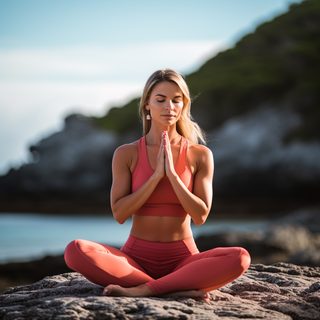News
-
The Little Known Powers of Crystals in Fitness for Energy & Healing
When one thinks about the different alternate therapies that are out there today, have you ever thought that the usage of healing crystals is one that many place right there...
-
How is Strength Defined: Amazing Women in Sports Courtney Dauwalter
An extraterrestrial making its first landing on our planet might easily form the opinion that the seemingly larger-sized human male is biologically superior to the average smaller-sized female. But, upon...

